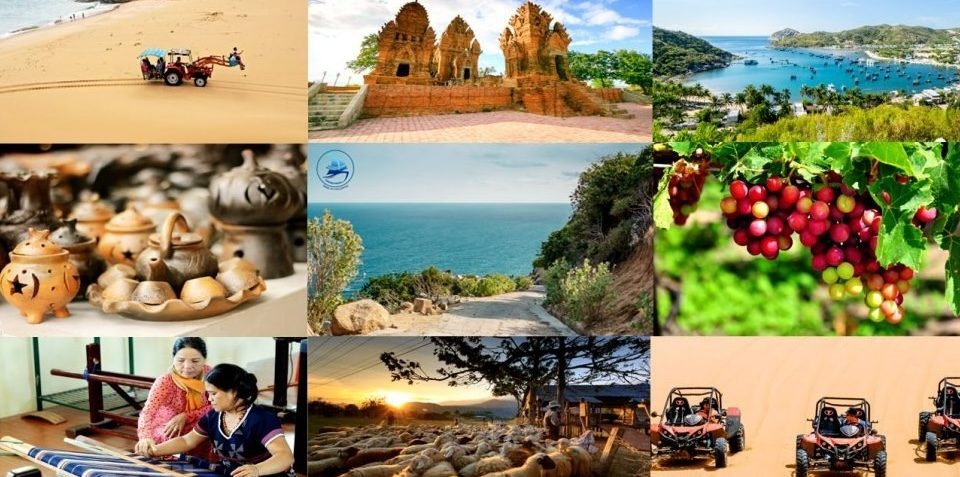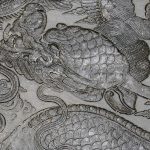An ancient gem
The magnificent Po Klong Garai Cham towers shed light on the history, culture and religion of the ancient Chams
Vietnam’s Cham people have a long history and an ancient culture, which reached a pinnacle during the reign of the Champa Kingdom. Evidence of this radiant civilization is still visible thanks to temple towers scattered all over Vietnam’s South Central Coast.
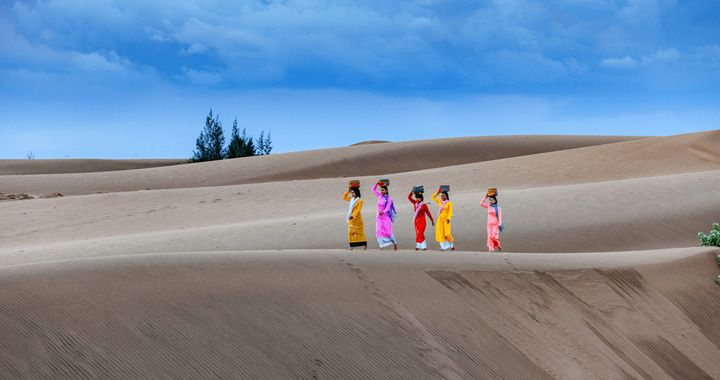
Situated on the South Central coast and known in ancient times as Panduranga, Ninh Thuan province remains home to around 60,000 Cham people. The Cham Ba Ni and Cham Ba La Mon communities are proud of their rich ancestral heritage, including the famous Po Klong Garai temples on Trau Hill by Highway 27A to Dalat, just 7 km west of Phan Rang City. This compound was built in the late 13th century and early 14th century.
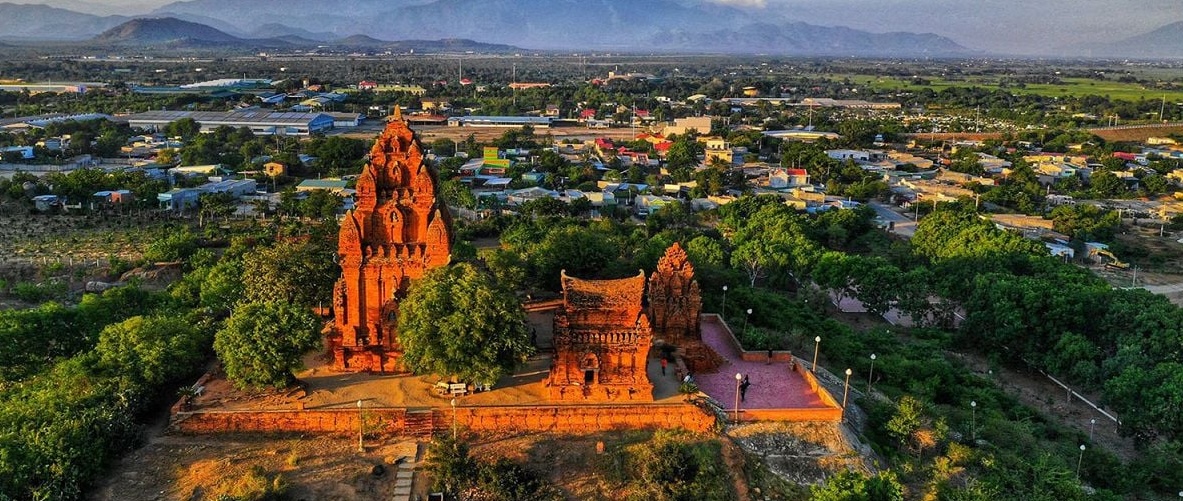
Named after King Po Klong Garai (1151 – 1205), the temples are considered sacred by Cham people in Ninh Thuan. Built from brick with unique arches that resemble soft petals rising into the sky, the compound consists of three relatively intact towers that are masterpieces of Champa religious architecture.
The people of Champa had rich spiritual lives. Originally seafarers, they were drawn to live on high hills on the mainland. They used these hills as beacons to guide their vessels home from sea. Hills were considered sacred and temple towers were built on hills to oversee the area below. These temple towers reveal the Chams’ spiritual viewpoint and their desire to live in harmony with nature.
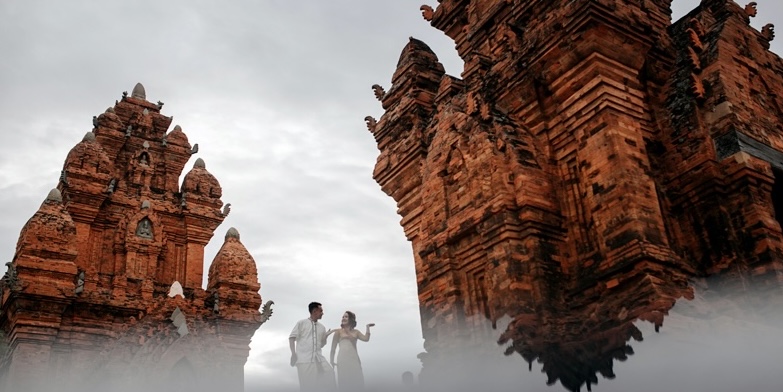
The main tower of Po Klong Garai faces east, as do most Cham temple towers. This is in line with the Hindu concept of the cosmos in which the east — where the sun rises — is the dwelling place of supreme deities and the starting point of every being and the cycle of the universe. Beside the main hall dedicated to King Po Klong Garai stands a dome that’s over 20m high and two supporting stone pillars carved with ancient Cham inscriptions beneath a sandstone bas-relief depicting the dancing six-armed goo Shiva. The Gate Tower to the east and the Fire Tower to the south are decorated with breathtaking patterns of Apsara dancers and holy cows.
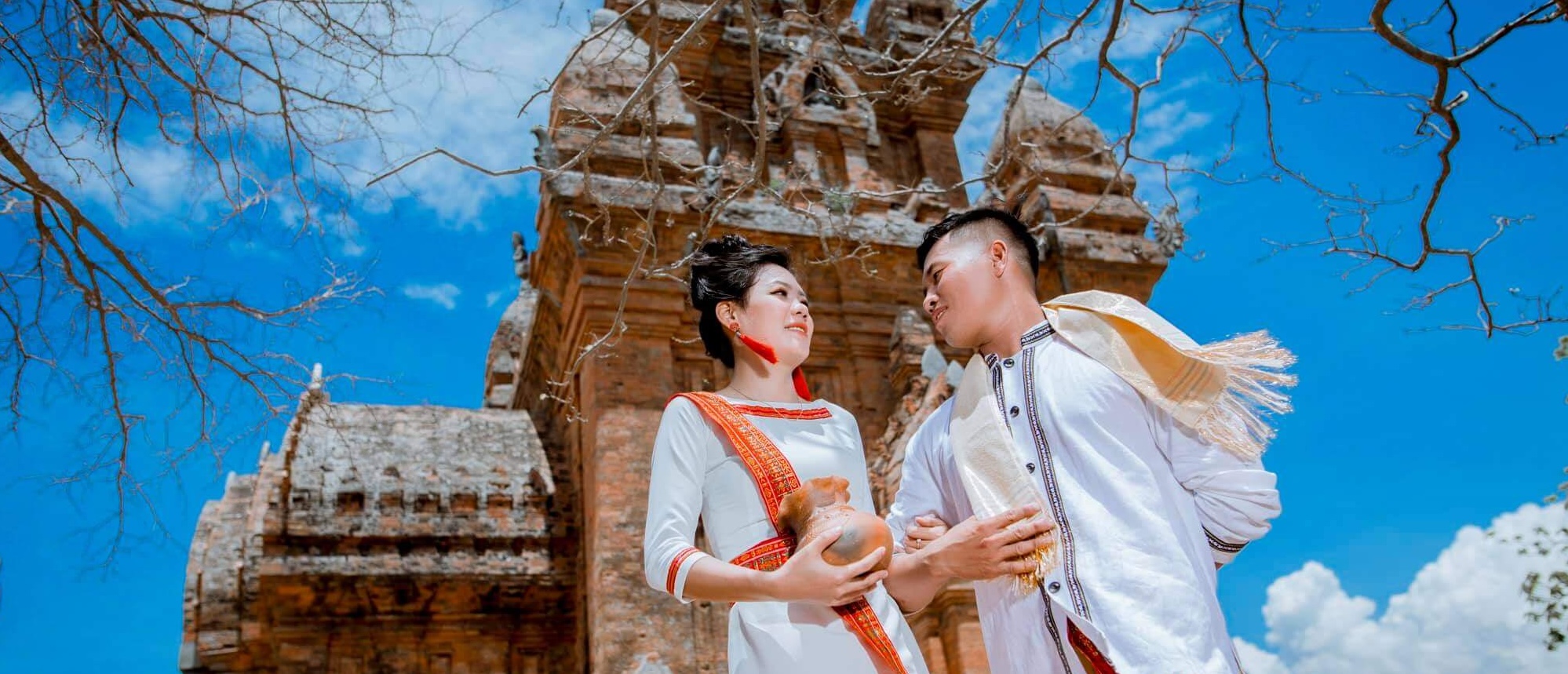
How these temple towers were built remains a mystery.
The bricks were made of clay, yet no one knows whether ancient Cham artisans carved the bricks before or after they were baked. What glue was used to hold the towers together? How were the bricks stacked so accurately?
Cham bricks are exceptionally durable, elastic and compressible compared to other bricks. Once soaked they will miraculously discharge most of the water which no normal bricks can do. Researchers continue to debate these questions. There are many theories but the truth remains buried by time.
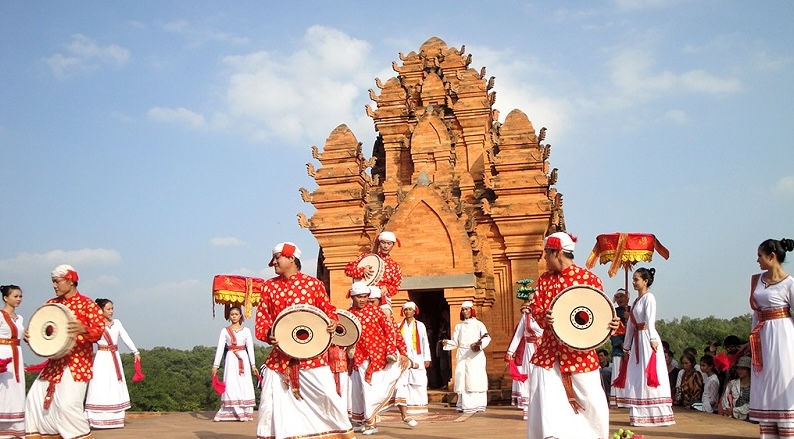
Cham construction hit its artistic peak with the Po Klong Garai compound, an architectural and sculptural gem in sunny Ninh Thuan province. Travelling through the desert landscape, visitors can uncover intriguing secrets and tour magnificent temples that shed light on the history, culture and religion of the ancient Chams.

